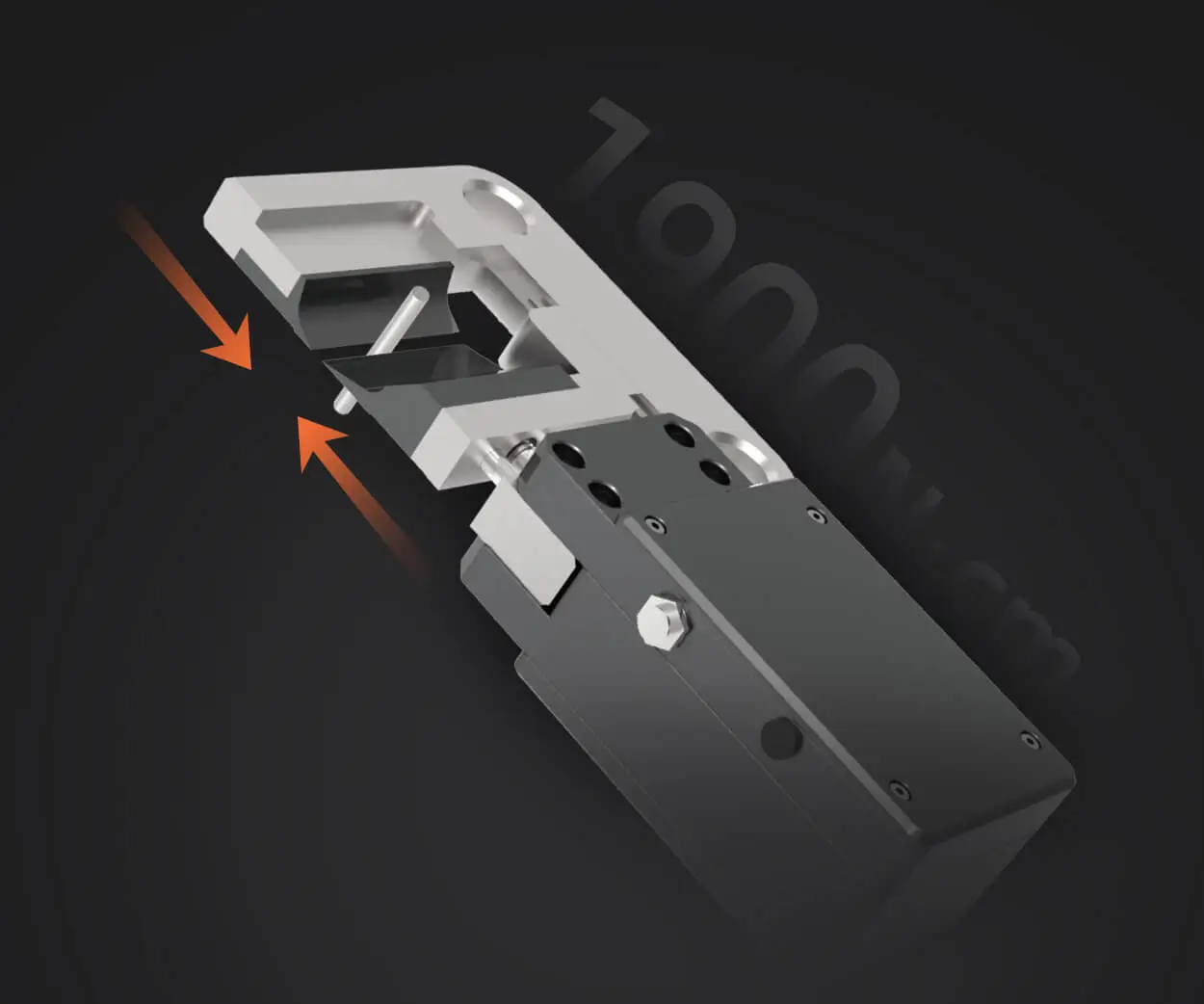Imagine sitting at your desk, pondering over how to build the most efficient, scalable app. You’ve heard about monolithic architectures and microservices—great buzzwords, but what do they really mean? And more importantly, which one suits your needs? Let’s take a stroll through this tech landscape.

Monoliths are like a big, solid block—everything baked into one unit. All components, from user login to database access, are tightly coupled. Think of it as assembling a giant Lego castle all at once. It’s straightforward initially; you develop it in one piece, and deployment is a single shot. But, oh boy, as your app grows, so does that block. Any small change becomes complicated, requiring you to rip apart sections and risk breaking other parts. It’s reliable, sure—if your project stays small. But scalability? That’s where it hits the wall.
On the other hand, microservices play it differently. Picture breaking down that Lego castle into individual, interchangeable blocks—each representing a service. They work somewhat independently, communicating over network calls. When a new feature comes along, you add or update just a small part without disturbing the whole. The benefit? Flexibility. You can scale only the parts that need it—that moment when your app hits a thousand concurrent users. Microservices shine here, allowing your team to deploy updates faster, avoiding the headache of rewriting massive chunks.
But, let’s be honest—microservices aren’t just sunshine and rainbows. They bring their own complications: managing multiple services, ensuring they communicate smoothly, dealing with increased network latency. Sometimes, the complexity is like herding cats—requires good orchestration tools, solid monitoring, and a clear strategy.
So, which is better? Well, ask yourself: Is your app expected to grow rapidly? Do you anticipate frequent updates? Are you ready to juggle the complexity? For a startup wanting quick launches and easy changes, microservices might be the ticket. On the flip side, if you’re building something more contained, maybe a monolith’s simpler structure will do just fine.
Ever wonder why some companies start with monoliths and later transition to microservices? Because evolution is natural. You begin with something simple, then, as needs grow, you break things apart—kind of like trimming a bonsai. You don’t have to commit to one forever; it’s about choosing what fits your current stage while keeping an eye on the future.
So, here’s a thought: If you’re diving into building that next big app, don’t just pick the trendiest thing. Think about what works best for your purpose, your team, and the scale you’re aiming for. Sometimes going small first, then scaling out, creates the smoothest ride. Whichever route you choose, remember—architecture isn’t just about lines of code, it’s really about shaping the future of how your app lives and breathes.
Established in 2005, Kpower has been dedicated to a professional compact motion unit manufacturer, headquartered in Dongguan, Guangdong Province, China. Leveraging innovations in modular drive technology, Kpower integrates high-performance motors, precision reducers, and multi-protocol control systems to provide efficient and customized smart drive system solutions. Kpower has delivered professional drive system solutions to over 500 enterprise clients globally with products covering various fields such as Smart Home Systems, Automatic Electronics, Robotics, Precision Agriculture, Drones, and Industrial Automation.




































